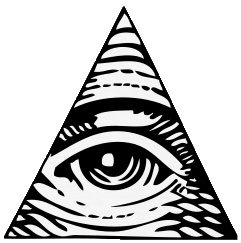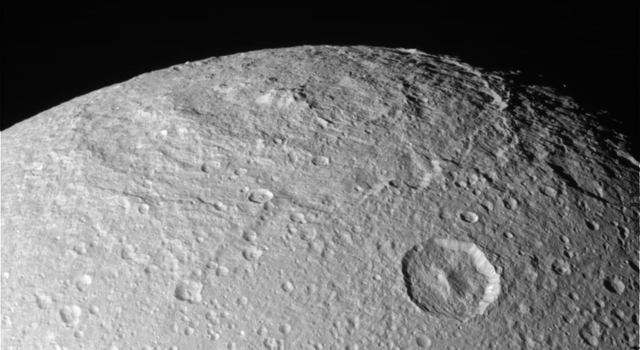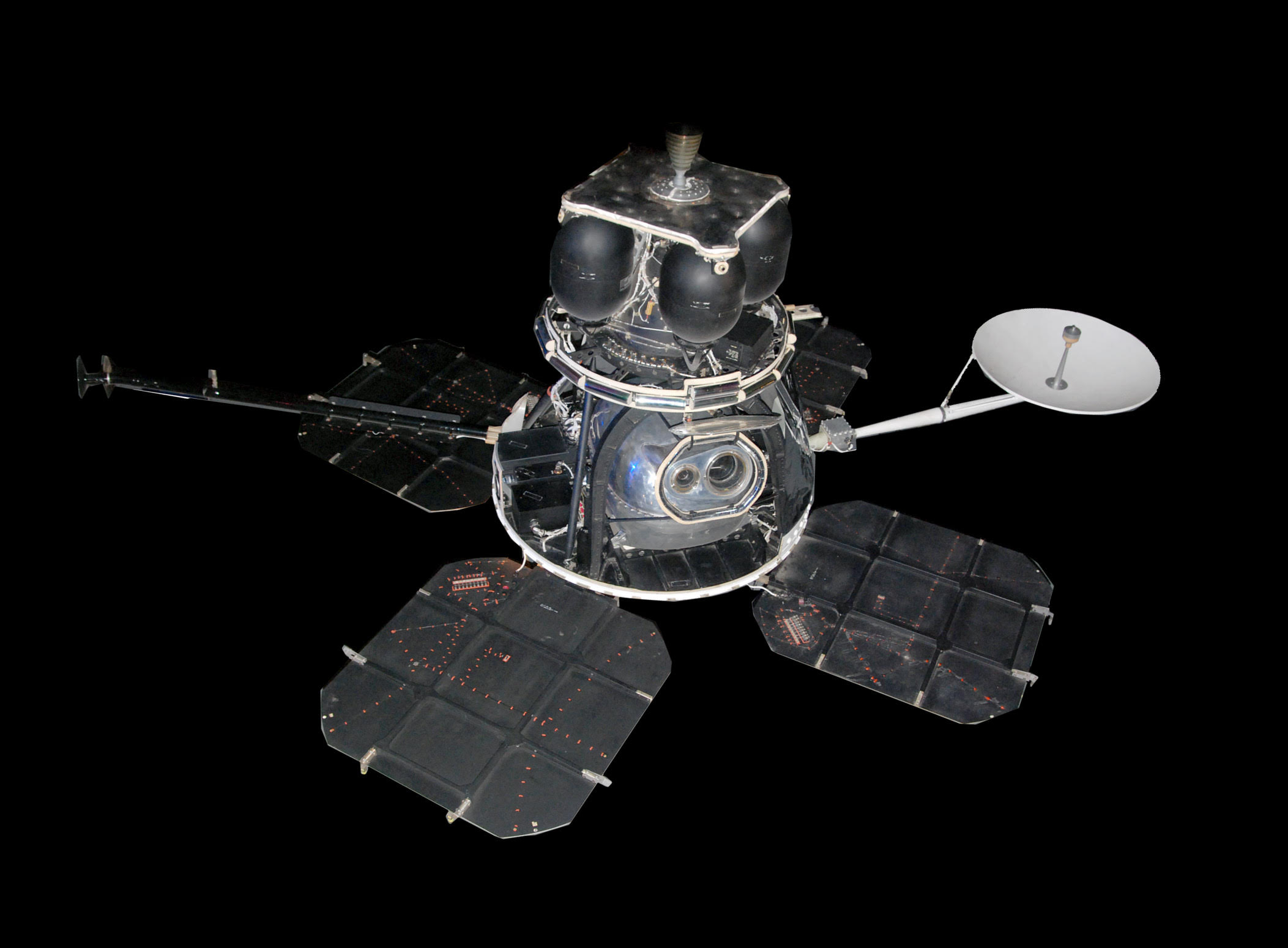-
Posts
909 -
Joined
-
Last visited
Content Type
Profiles
Forums
Developer Articles
KSP2 Release Notes
Posts posted by The Raging Sandwich
-
-
I love it when the dust clouds of a crushed Kerbal is especially big and dusty.
Just kidding, that's terrible.
-
Hehehe...
-
27 minutes ago, insert_name said:
Might wanna add that Phoenix launched in 2007
Thanks, didn't notice that!
-
Chapter 6 is here, however, this will be the last time I post any chapters here. It wouldn't really make sense if I post every chapter here (even though this is only a rough draft) and let everyone read the whole thing. Once I finish the entire book, I'll try to publish it. I'll leave a link on this thread for anyone who wants to read the whole thing. Below, tell me what you think about the book so far. If you have any ideas for future chapters, post them down below. I may just use them in the final draft!

I deactivated the lander. The only thing that was running was the climate control systems and the whir of the CO2 scrubbers. We fell asleep in the seats we were sitting in. It was nighttime on the planet.
We woke up some hours later. The red dwarf star was starting to peak over the horizon. The lander flooded with the dim light of the sunrise. I shook Quick awake. Hernandez and Mikhail woke up at about the same time.
“Hey Hernandez, what food do we have back there?” asked Quick.
Hernandez looked behind the seat and opened the pantry. Small packets of various freeze-dried foods tumbled out. He tossed us all some of the food.
“Freeze-dried eggs? How does this taste?” Quick asked.
“Nothing like real eggs, I’ll tell you that,” I responded.
He opened the package and ate its contents. We did the same. That was our breakfast for this morning.
“Johnson, how are we going to make more panels here? Your lander has a drilling arm but no smelter! We also forgot our helmets!” said Quick.
“Mikhail, open the closet door,” I commanded. He opened a small door next to him. Inside were six backup suits and helmets.
“But how are we going to make panels?” he repeated.
“We don’t have to use a smelter or even the drilling arm. We have surface tools, right?”
Mikhail opened another small door to a compartment full of electric saws, collection bags, and other things.
“We’ll cut around a flat area the size of a panel we need. That’s what we’ll use. I counted a total of 23 missing panels before we landed here. We’ll cut 23 panels according to the size of panels that were missing on the Nighthawk.”
“But the makeshift panels will be more brittle than the other ones on the ship,” said Quick.
“Well it’s either that or an enhanced risk of micrometeoroid damage. Now let’s get out there.”
We collected our tools and helmets and exited the airlock onto the ramp and into the barren land outside. The sun was still barely rising, making it still dark on the planet. We all turned the internal and external helmet lights on, illuminating the ground in front of us.
“Mikhail and Hernandez, you guys cut the 6 by 4 panels we need. We need 11. Quick and I will cut the 8 by 7 panels.”
I took one of the electric saws and dug the blade into the brittle crystal titanium ground about an inch and a half deep. Tiny shards of the gray metal were flying everywhere, leaving scratches on my faceplate. I moved the blade over some leaving an incision on the ground. Quick was by me cutting another panel.
It took about 15 minutes to cut one panel. By the time I was done with the first one, the red dwarf star had raised enough for us to turn off our helmet lights. I was sweating even though the outside temperature only measured about 31 degrees.
We spent hours cutting the panels. Of course, we messed up a couple times and had to cut more. The days and nights on this planet are only about 7 hours long each. We were only about three quarters of the way done when the star started to set again.
We were exhausted when all the light went away, but we turned our helmet lights back on and continued cutting away at the ground. We had to replace several blades after they got worn out from the constant cutting of the titanium.
We finally got finished cutting all 23 panels. Each 6 by 4 panel weighed about 20 pounds. Each 8 by 7 panels weighed about 25 pounds. We hauled them into the lander one by one because of how tired our arms were. The entire stack of all the panels weighed a total of 5200 pounds.
We went back into the lander, took off our helmets, and immediately fell asleep in the seats.
We once again woke up to the light of the rising red dwarf flooding inside the lander. We all fluttered awake at the same time. Mikhail tossed us all the food that fell out of the door first. I was so tired that I didn’t even bother to catch it. I picked it up and we started eating.
As we ate, Quick took a look at the lander info screen. “Guys, the lander is almost out of fuel,” he said. We all took a look at the screen. Fuel levels were down to 30%. Just enough to get back to the Nighthawk, but that’s it.
“We must have used it all rushing to get back to the Nighthawk from Outpost 2,” I said. “We’ll have just enough to get back to the Nighthawk with fuel to spare, but not enough to do anything else, not even land. We can’t mess around during rendezvous.”
“Then how will we get more hydrogen if we can’t even land?” asked Hernandez.
“Once we get back to the Nighthawk we’ll think of something. As of now, finish up eating. We’ll be lifting off soon.”
We all finished eating and waited for about 40 minutes. We didn’t want to risk sickness during ascent. After the 40 minutes were up, I started up the onboard systems.
“VTOL engines activated.”
A green light turned on in front of Quick signifying a go for ascent.
“Go for ascent, Johnson,” Quick said.
“Throttling up.”
The lander lifted up off the brittle ground slowly at first. I stowed the landing legs as it began to speed up.
“Systems are nominal.”
The acceleration couches leaned us back as the lander pitched forward, giving us a view to the windows above. The atmosphere faded and stars started to appear.
“Throttling down,” I said as the apogee reached our desired distance. “Engines off. Activating hind engines.”
The hind engines activated with a loud shriek. The acceleration couches leaned forward again as we coasted upward.
“Hind engines throttling up,” I said. We were thrown backwards into the couches again, but they don’t lean back during orbital insertion so we maintain a forwards view. I throttled the engines down as the perigee matched the apogee. “Orbit achieved.”
“Our planes match that of the Nighthawk’s. We are go for Hohmann Transfer,” said Quick.
“Optimal transfer point is about forty minutes away. Let’s not rush things here; we need to save as much fuel as possible,” I responded. We waited for the 40 minutes. The Nighthawk’s orbit was higher than ours, so I pointed the lander prograde to burn upwards. The burn was short, just about 3 seconds.
“We’re coasting to intercept. Closest approach in 25 minutes,” Quick said.
We got nearer and nearer to the Nighthawk. We began to see it about 5 miles out. At about 2 miles it began to take shape. At 1 mile away we could see the lights on inside.
I pointed the lander away from the Nighthawk so the hind engines were facing towards it. “Matching velocities,” I said as the engines fired. We appeared to slow down to a halt but we were still going the same speed around the planet. The burn matched the speed of that of the Nighthawk’s, so it appeared as we completely stopped in front of it.
“Rendezvous completed. Engines off. Beginning docking sequence.” I said. I deactivated the hind engines. The RCS thrusters were the only things moving us.
“Opening bay doors,” said Quick. The giant doors in front of us opened up like a cardboard box. The docking port was visible inside.
“Moving forward.” A short burst of the RCS thrusters sent us carefully forward into the docking bay.
“Coming in at 3 feet a second,” said Quick. “10 feet away.”
The lander slid slowly inside the docking bay until it connected firmly with the docking port.
“Hard dock achieved.”
“Bay doors closing.”
The large doors clamped shut behind us and flood lights came on inside. The hatches opened letting us inside the Nighthawk.
I’ll write back once we fixed all the panels. As of now, I need to lie down for a bit.
-
I normally name my spacecraft and probes after actual spacecraft (or planets in the game.) Take for example my four total manned spacecraft in my current game the Moho spacecraft (Mercury), Eve and Duna spacecraft (Gemini, I had to replace the Eve spacecraft because it kept killing everyone), the Luna spacecraft (Apollo, named after soviet Moon satellites and landers), and the Explorer spacecraft (Orion, named after the first US satellites. Other spacecraft include my various Surveyor probes (named after US Moon lander probes.)
-
On August 4, 1181, Chinese astronomers looked into the sky and discovered a supernova dubbed SN 1181, one of the only eight supernova visible with the naked eye in known history. It was named Cassiopia after it was seen in the Cassiopeia constellation. It was visible for about 185 days.

On August 4, 1969, the Mariner 7 probe did a flyby of Mars. It was designed to fly over Mars' equator and southern hemispheres along with Mariner 6. It studied Mars' atmosphere and its chemical makeup. Together with Mariner 6, the two probes sent back a total of 198 pictures of Mars.

On August 4, 2007, the Phoenix Mars lander was launched. It was made with parts from the cancelled Mars Surveyor lander from 2001. It would land in Vastitas Borealis in northern Mars. It had a protective shell over it during reentry. The shell would detach after reentry and a parachute would deploy after. Small rockets would fire to land it gently onto Mars' surface.

-
The story of why I updated this thread is in this next album:
-
As you might have seen, I recently sent a mission to Jool where I did multiple flybys of its moons. Here, I have screenshots of a Cassini-like mission from the probe Surveyor 21. (Surveyor 18 and 19 heading to Urlum as I type; coming soon!) I sent Surveyor 21 to Sarnus, a planet from the Outer Planets Mod. I'll be posting screenshots of flybys and other cool things as they come along.
First album: Sarnus approach and Eeloo flyby.
Link here: http://imgur.com/a/dcKbJ
-
Above the Russia/Japan looks like a mini North and South America and next to the mini Africa looks a bit like India. Below the Korea looks like a giant Great Britain. The island to the right of the Great Britain looks a bit like Ireland!
 ILLUMINATI CONFIRMED!!1!
ILLUMINATI CONFIRMED!!1!
-
10 minutes ago, DDE said:
@The Raging Sandwich @vonBraun That's what you get for calling your rocket "fog".
Also on August 3 2004, the launch of MESSENGER.
Oops, I overlooked that! I knew something was suspicious about only one semi-notable thing happening on this day. I'll go back and put that on there! Thanks for telling me!
-
On August 3, 1933, German rocket scientists launched a Nebel rocket from a boat at Schwielow Lake. The owner of their previous launch location made them leave after their amount of failures. The rocket exploded soon after liftoff.

Schweilow Lake ^
On August 3, 2004, the U.S. Mercury satellite MESSENGER was launched. Two launch delays caused it to be launched four months after its March 10 original launch date. The probe was first put into orbit around Earth and was then sent into an escape trajectory. On August 1, 2005, it made a flyby of Earth. It made two Venus flybys in 2006 and 2007. It then made 2 Mecury encounters in 2008, one in 2009, and one in 2011. On the last encounter, it was placed into an orbit around Mercury.

-
-
I recommend RTGs be used for transmitting and other science past Duna. Unless you don't have RTGs, fuel cells would work too.
-
False. >:D
-
Whoops! I have no idea why I put 25 down. My mind works in mysterious ways.
-37 -
-
-25 +
>:D
-
On August 2, 1971, Apollo 15 left the lunar surface.

On August 2, 1991, STS-43 launched from Cape Canaveral.

On August 2, 2005, the Cassini satellite did a flyby of Saturn's moon Mimas.

-
WOOHOO! Thanks @sal_vager!
-
2 hours ago, cubinator said:
Check it out, you got pinned!
AWESOME!
-
1 hour ago, Dman979 said:
If you want to keep this thing going, I suggest limiting yourself to one fact per day.
I was going to finally stop doing this on July 16, 2017 when I have been doing this for a year.
-
On August 1, 1967, the U.S. Lunar Orbiter 5 probe was launched.

On August 1, 2002, the White Knight was flown for the first time.

-
Yes, but only because aliens wear blue hats.
Can a rock take a mind of its own and take over the government?
-
2 hours ago, Firemetal said:
Because explosions.
Do cats play ksp?
No, they just play with lamps.
Why is it called a drive through if you have to stop for it?
-
I got bored of my other plain avatar, which was just a picture of a sandwich. A gif is much more awesome.





This Day in Spaceflight History
in Science & Spaceflight
Posted
On August 5, 1930, Neil Armstrong was born. He was a pilot in the Navy from 1949 to 1955. He went on to test fly many types of new aircraft, including the famed X-15. He signed up for NASA's Gemini astronaut program in 1962 and was accepted. He first flew into space on Gemini 8 which had the first successful docking in space with two vehicles. A near disaster caused Armstrong and Dave Scott to return nearly two days early. He then went on to become the first man on the Moon on Apollo 11. He retired from NASA in 1970 and went on to teach at a university. He died on August 25, 2012 at age 82.
On August 5, 1973, the Soviet Mars 6 lander was launched. It reached Mars on March 12, 1974. Once in orbit, it separated from the bus and descended into the atmosphere. A parachute opened to slow the descent. All the way down to the surface, a computer chip malfunction caused the data to be largely unreadable. Retro rockets fired to slow the lander to a soft touchdown on the surface where all data ceased to transmit.
On August 5, 1997, Soyuz TM-26 was launched. The crew was launched into orbit on a 197 day mission to the Mir space station. It docked to the Mir manually on August 7. The crew undertook 7 spacewalks to repair the station.
On August 5, 2011, the Juno Jupiter probe was launched. It was boosted into an escape trajectory by the AV-029 Centaur. It did a flyby of Earth on October 9, 2013 to speed it towards Jupiter. It arrived at Jupiter on July 4, 2016. It will burn up into Jupiter's atmosphere in October of 2017.